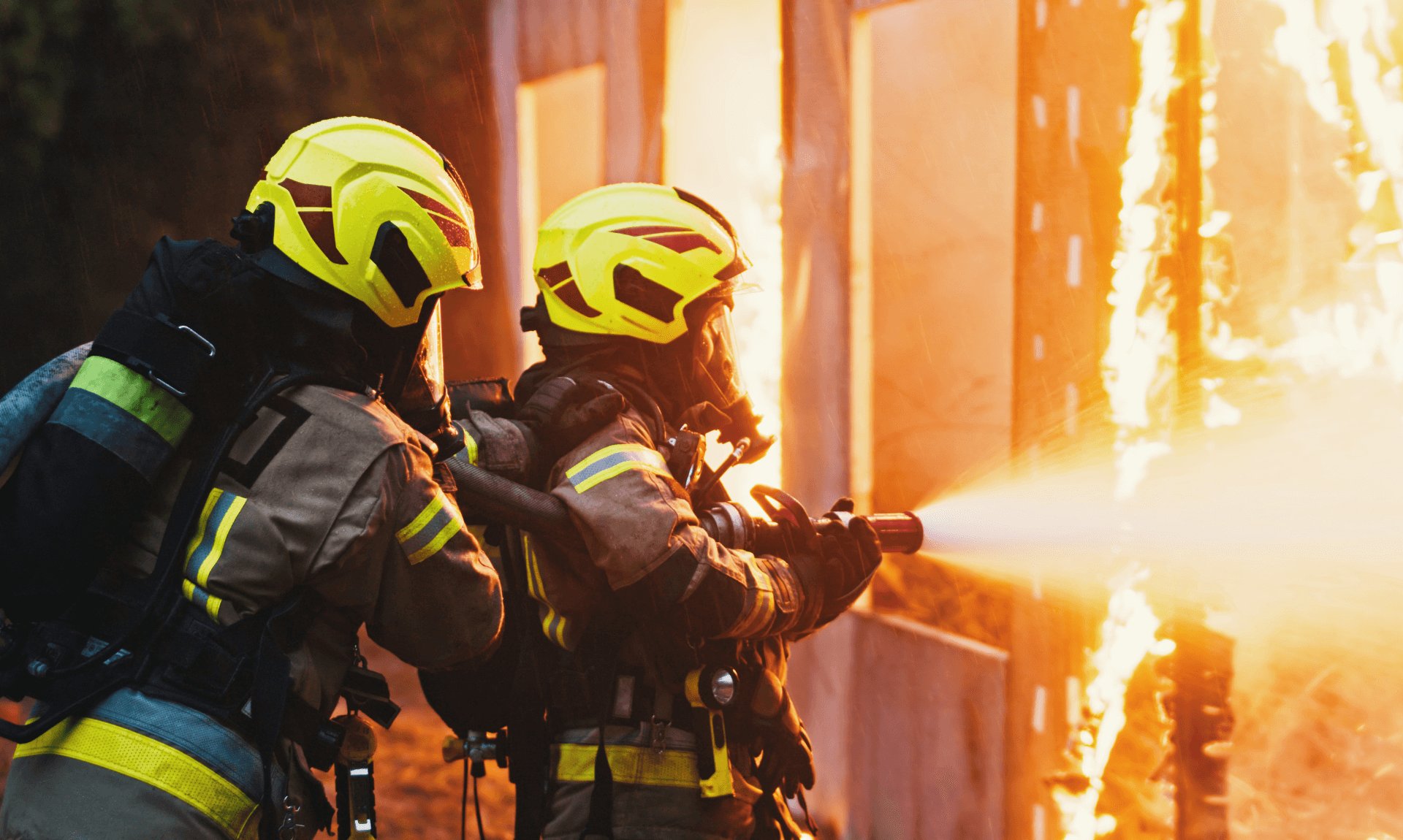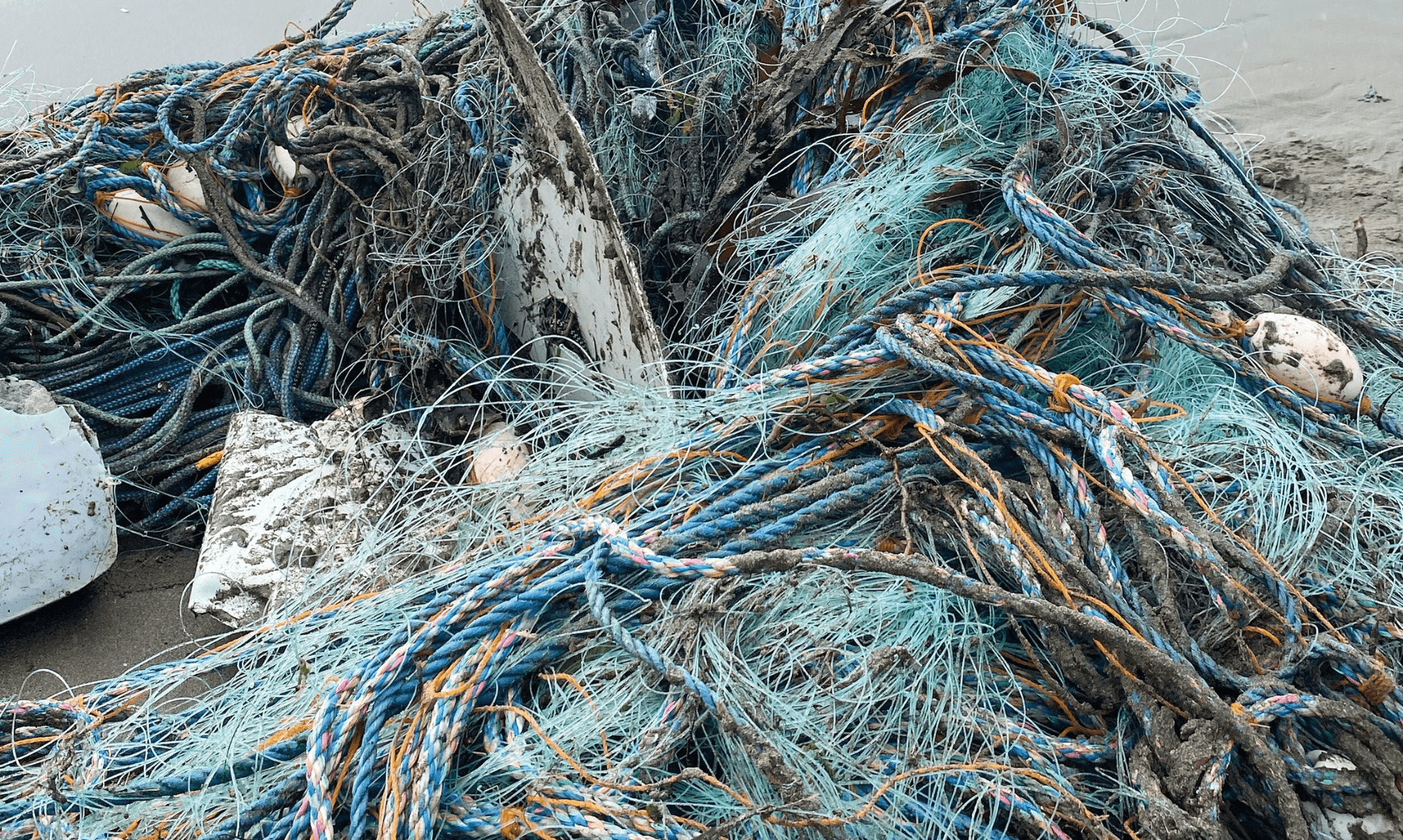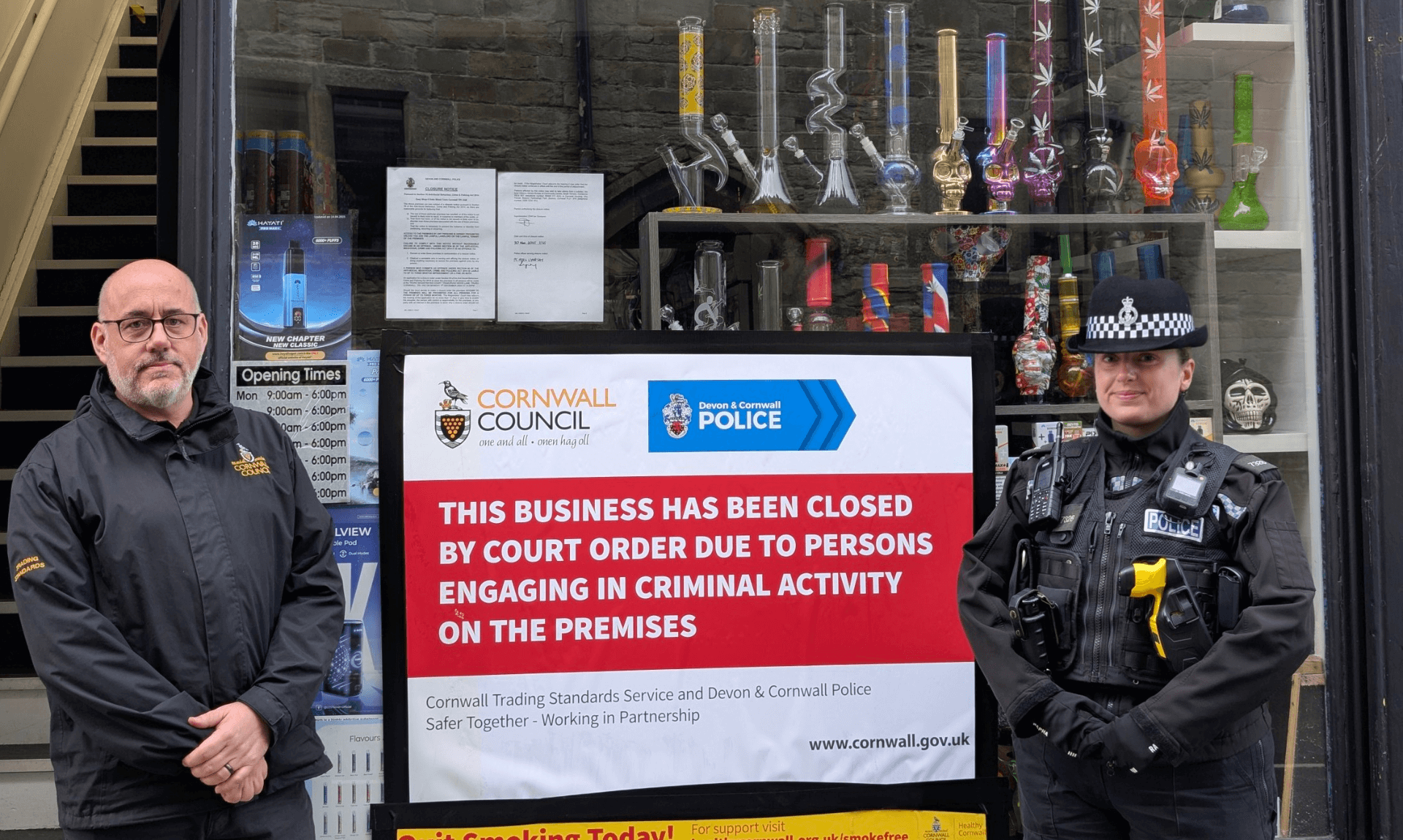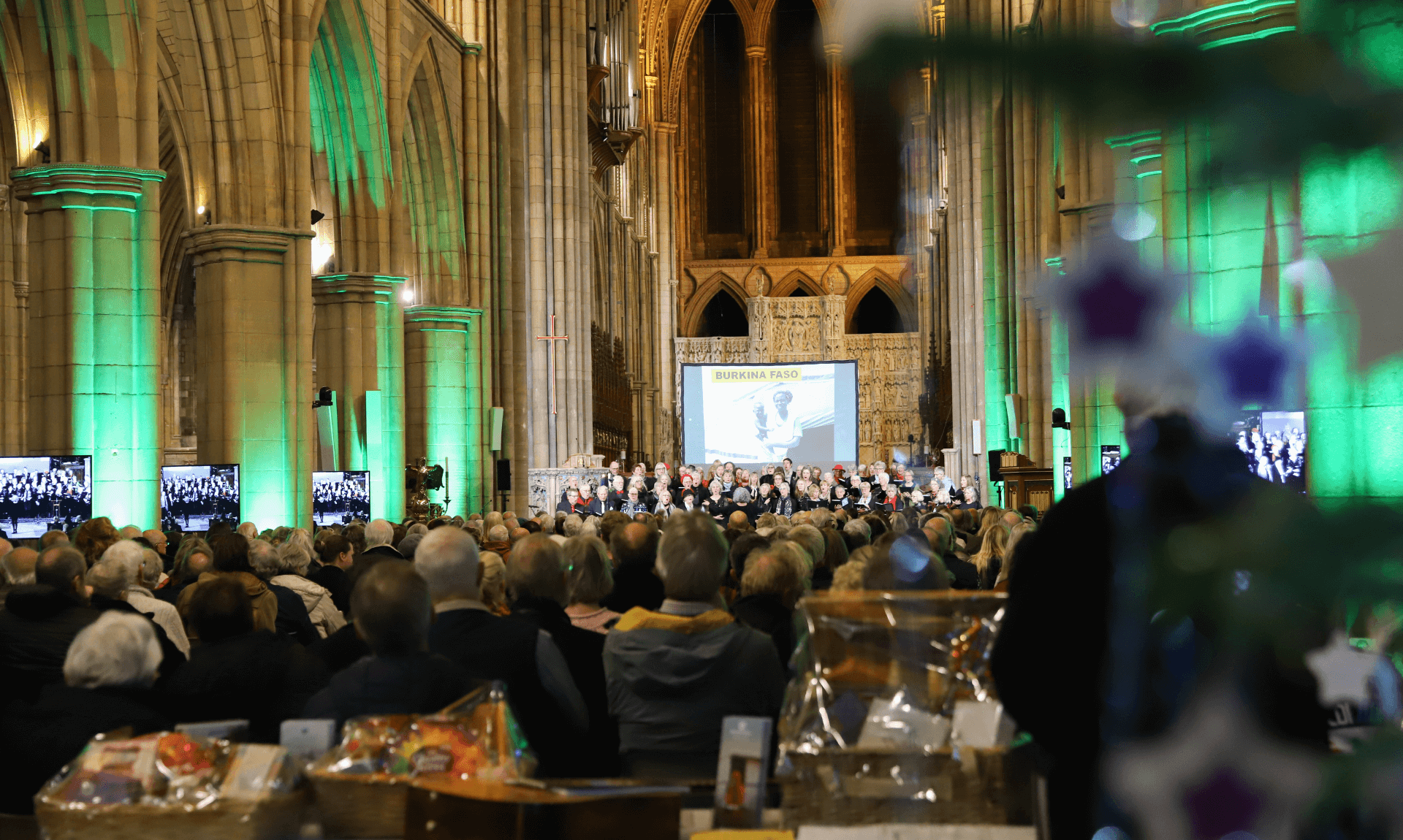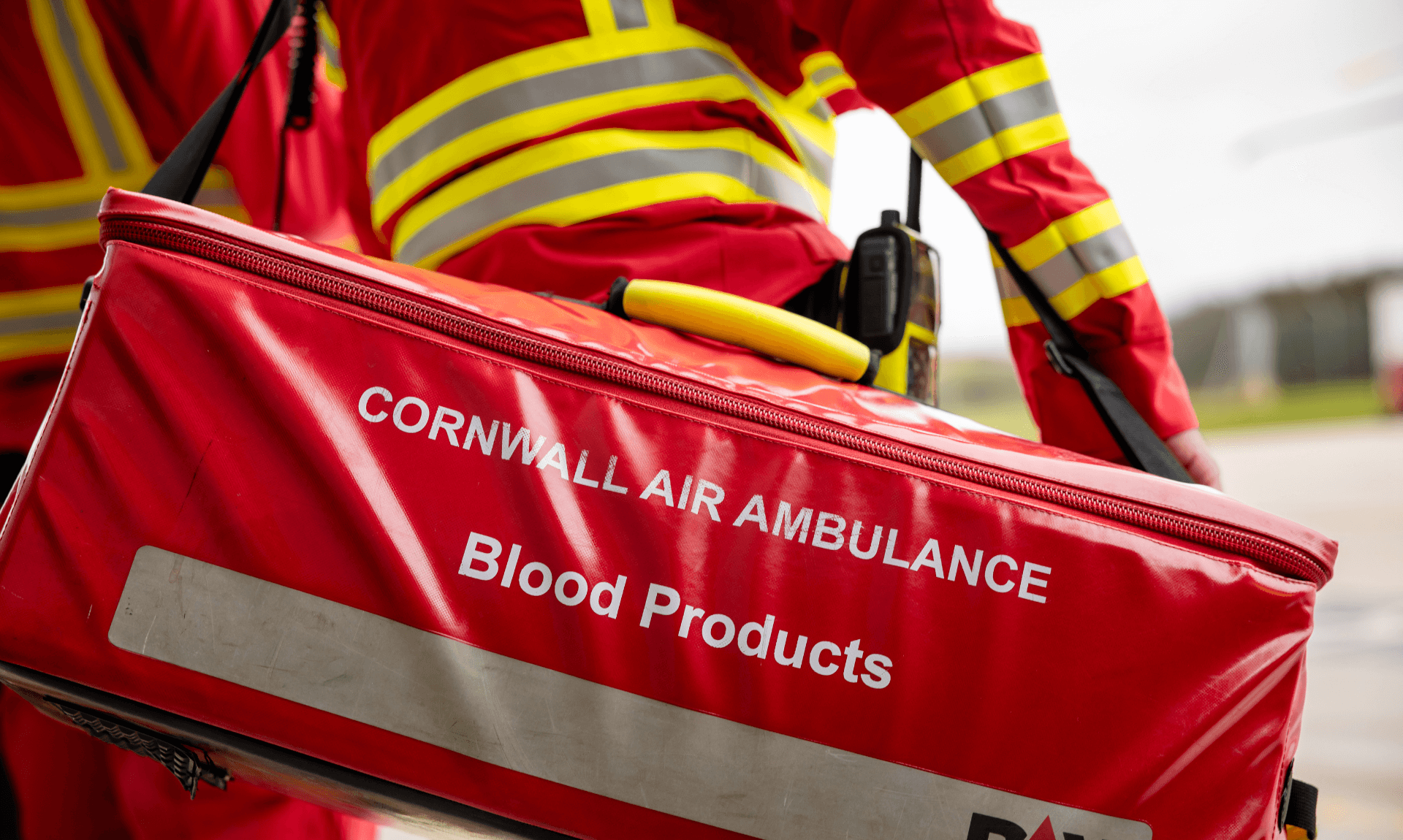Hidden Dangers Lurking at Home: Expert Warns of Fire Risks as Winter Approaches
As the colder months draw in, new research has revealed that our homes become “filled” with fire risks during autumn and winter, prompting safety warnings from industry experts.
Alarming Fire Statistics
Research by Totalkare, a company specialising in heavy-duty and light commercial vehicle workshop equipment, has highlighted the increased fire dangers linked to this time of year. The findings, based on official fire and rescue statistics, show that fire and rescue services in England attended 603,942 incidents in the year ending March 2025.
Of these, 24% (142,494) were fires, marking a 2.5% increase compared to the previous year. More than 60,000 (43%) of those were classified as ‘primary fires’ – high-risk incidents involving property, casualties or multiple fire appliances. Sadly, there were 271 fire-related fatalities across 247 fatal fires during the same period.
“The Risks Are Real But Preventable”
Totalkare’s Marketing Director, Adam Bowser, said:
“The latter months of the year are associated with certain fire hazards – such as candles, bonfires, and those caused by electricals. With this in mind, we looked into emergency fire service call outs last year to get an idea of the scale of the issue.”
The company spoke with Vishal Narbheram, an electrician with 15 years’ experience, who explained that as darker nights and colder temperatures set in, electrical demand rises significantly.
“As the year draws to a close, households across the UK see big changes in how electricity is used. The darker nights, colder temperatures and festive celebrations all mean a heavier demand on appliances, lighting, heating, and decorations. But with this comes an increased risk of electrical hazards,” said Vishal.
He warned that heaters, overloaded sockets and festive decorations are among the biggest culprits for household fires during autumn and winter.
“Q4 is a time of comfort, celebration and togetherness but it’s also when electrical usage peaks. From heaters to fairy lights to overloaded ovens, the risks are real but preventable… By recognising warning signs early and following simple safety practices, households can enjoy the season with peace of mind.”
Four Common Fire Hazards
Vishal identified four major electrical risks that can lead to fires in the home during the colder months:
-
Increased heating and lighting use – Old or damaged heaters and electric blankets can overheat or cause shocks. Warning signs include burning smells or scorch marks. Keep heaters a metre from furniture, never leave them running unattended and regularly inspect cords.
-
Seasonal decorations – Overloaded sockets or faulty lights are a frequent cause of fires. Use LED lights, avoid overloading plugs, switch decorations off before bed and ensure they have UKCA or CE safety marks.
-
Overloading fridges and freezers – Packing them too tightly blocks airflow and can overheat circuits. Keep vents clear, defrost regularly and spread storage across multiple appliances.
-
Heavy oven and hob use – Cooking large festive meals strains electrical systems. Don’t leave ovens unattended for long periods and keep them clean to avoid grease fires. If a fire starts, never use water on an electrical or grease fire – use a fire blanket or the correct extinguisher.
Five Best Practice Tips for Electrical Safety
Vishal also shared five key tips for keeping households safe:
-
Test smoke alarms weekly
-
Don’t daisy-chain extension leads
-
Unplug appliances not in use
-
Keep a Class C fire extinguisher or fire blanket in the kitchen
-
Ensure everyone knows how to turn off electricity at the fuse box in an emergency
Importance of Fire Service Readiness
Adam added:
“Emergency services are one of our core business sectors at Totalkare – from fire engines to ambulances, our lifting and brake testing equipment (as well as a host of other specialist workshop equipment) helps these vital services to maximise vehicle availability through routine service and maintenance.
“With much of the essential equipment and apparatus being vehicle-based on fire engines, having access to operational emergency vehicles is of utmost importance… Without this, fire services are unable to fulfil their core mission during critical incidents – to protect lives, property, and the environment. With operational fleet availability being vital for the timely response to emergency fire-related call outs, a lack of available vehicles can lead to gaps in coverage and slower response times… and in some cases, this can become a case of life or death.”
Share This Story, Choose Your Platform!
To keep up with the latest cornish news follow us below
Follow CornishStuff on Facebook - Like our Facebook page to get the latest news in your feed and join in the discussions in the comments. Click here to give us a like!
Follow us on Twitter - For the latest breaking news in Cornwall and the latest stories, click here to follow CornishStuff on X.
Follow us on Instagram - We also put the latest news in our Instagram Stories. Click here to follow CornishStuff on Instagram.
You Might Also Be Interested In
Don’t Miss What’s Happening in Cornwall
Join others in Cornwall by receiving the latest daily news in Cornwall, sent direct to your inbox.

